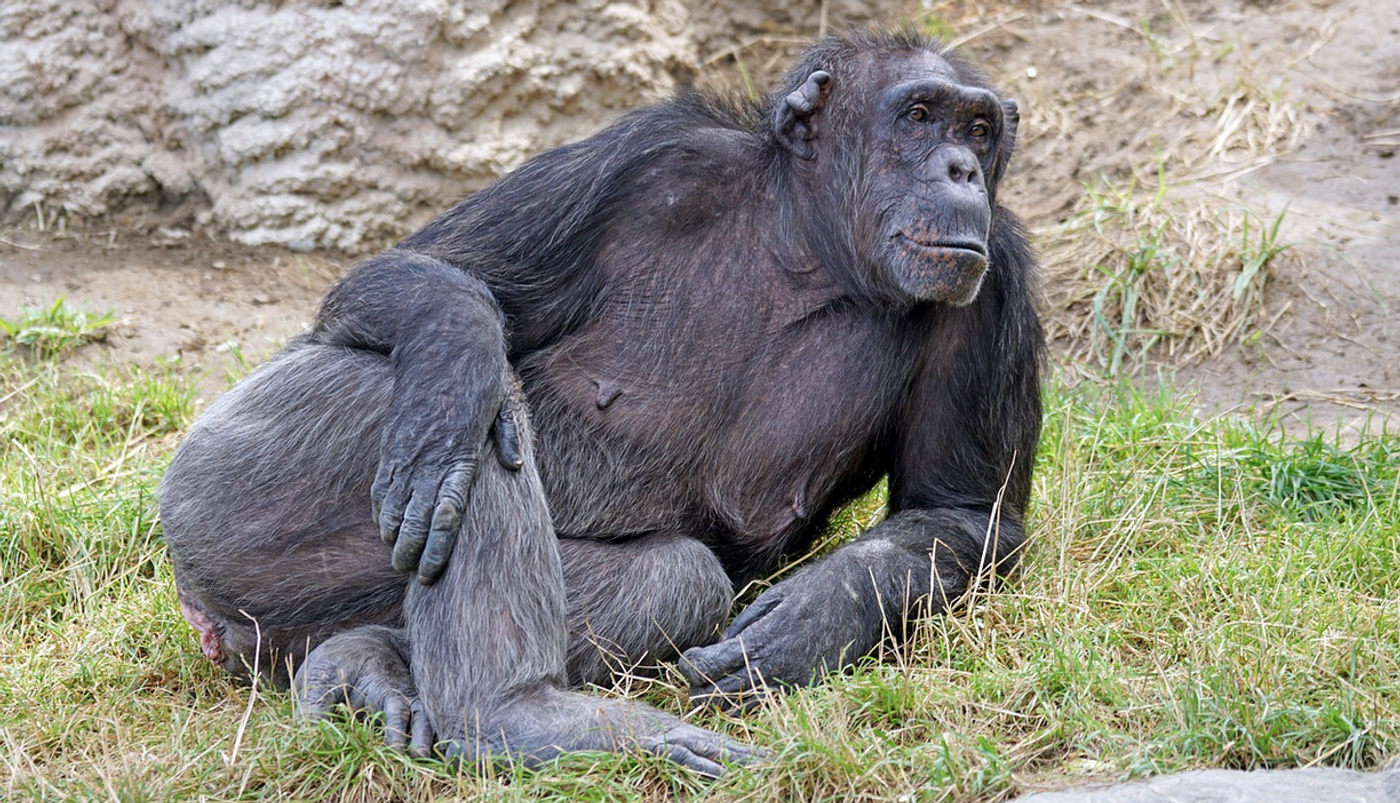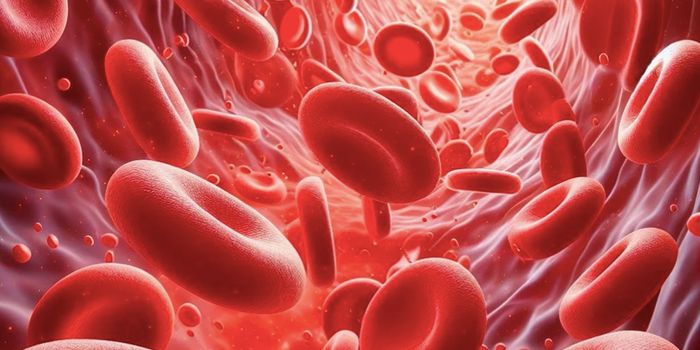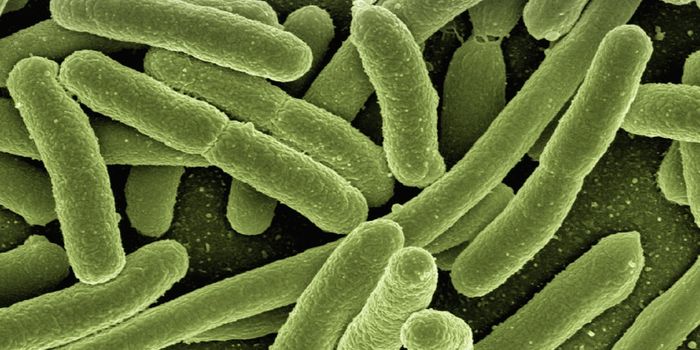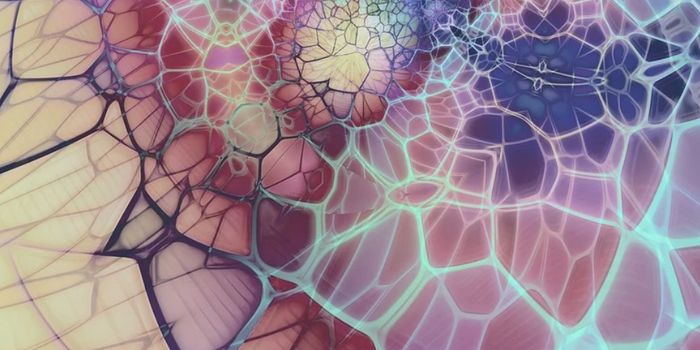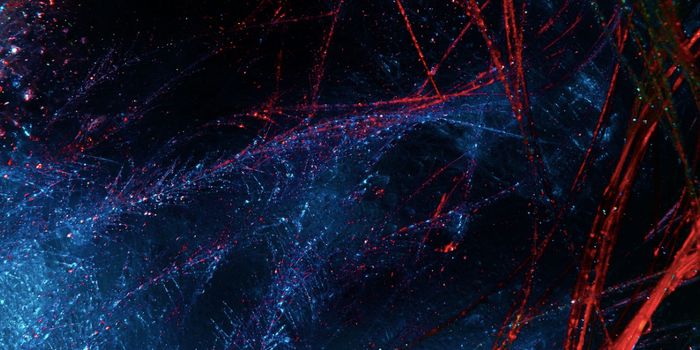Is It the Junk [DNA] That Makes Our Brains Human?
Scientists have long sought to understand what makes us human. From the standpoint of DNA sequences, we have a lot in common with our closest evolutionary relative, the chimpanzee. The regulation of gene expression seems to be one critical aspect of our biology that makes us different from other species. New work has also identified important regions of non-coding DNA, once dismissed as 'junk' because it had no obvious function and was highly repetitive, which seem to play an important role in the function of the human brain.
Humans and chimpanzees split from a common ancestor about 5 or 6 million years ago. Our DNA sequence is about 6 billion base pairs long, and about 35 million bases in the sequence are different from chimpanzees. There are also about 5 million places where insertions or deletions have occurred, as well as a few chromosomal rearrangements. Plenty of those changes have happened in parts of the genome that code for protein, which is what most research has focused on. About 50 human genes are not found in the chimp genome.
But there are also places in the human genome that have remained there over thousands of years even though they have no obvious function, and are sometimes called 'gene deserts.'
In this study, which was reported in Cell Stem Cell, researchers engineered human and chimpanzee stem cells for growth in culture; these cells were made by reprogramming skin cells taken from adults. The brain stem cells from the two species were compared directly, and the researchers identified a genetic region that was utilized differently in human stem cells compared to chimp stem cells. This change impacted the structure of DNA, and not a protein-coding gene, surprising the researchers.
"This suggests that the basis for the human brain's evolution are genetic mechanisms that are probably a lot more complex than previously thought," since it was assumed that the small potion of our genome that codes for protein, about two percent, held the answers to what was different, said study leader Johan Jakobsson, professor of neuroscience at Lund University.
This work has indicated that the other 98 percent of the human genome may contain the parts that are crucial to the unique features of the human brain. "This is a surprising finding," added Jakobsson.
Sources: Cell Press, Cell Stem Cell
